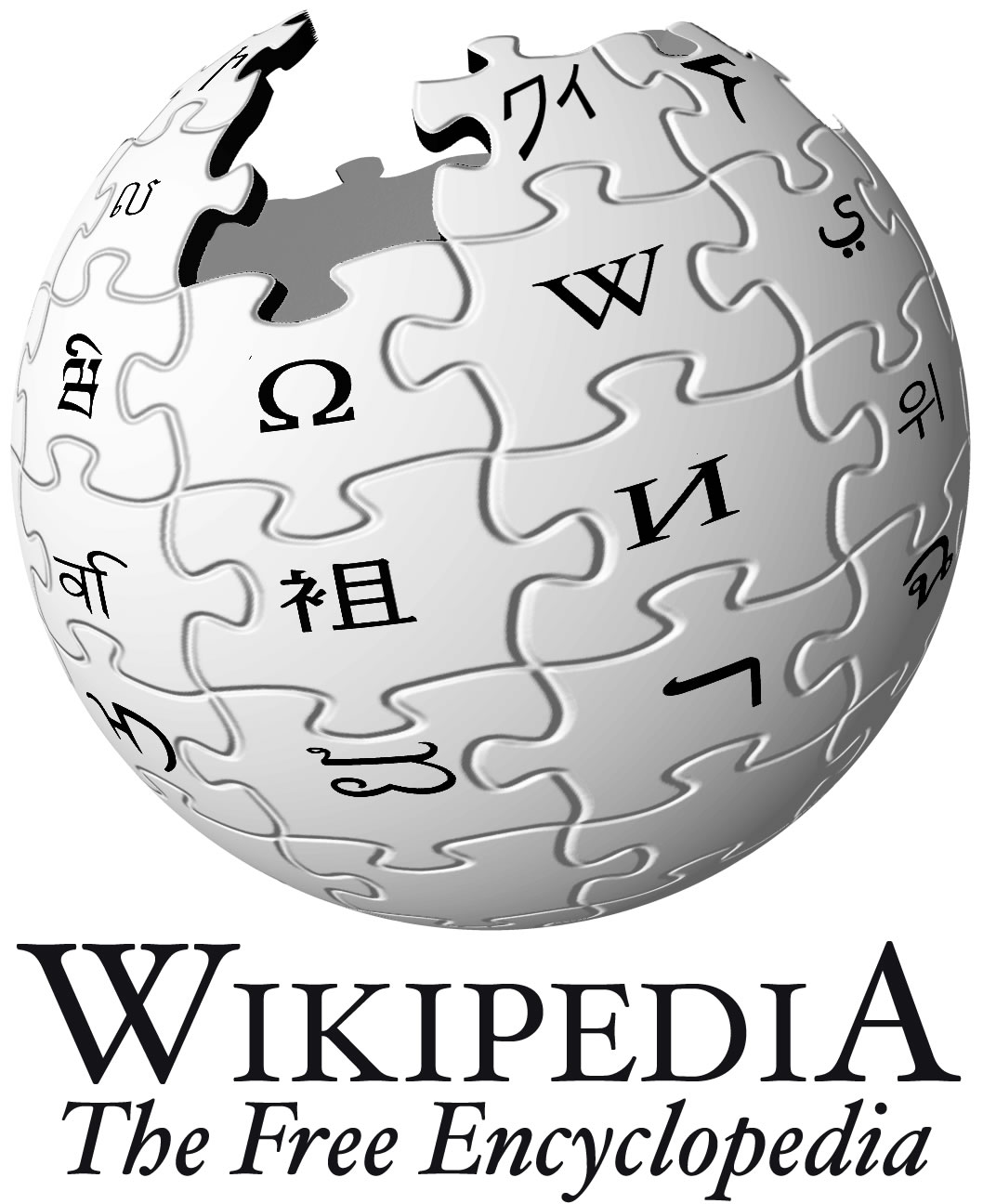Who writes Wikipedia? ISchool digs deeper into site’s gender gap

As Wikipedia becomes an increasingly influential information source, many have asked the question “Who writes Wikipedia?” A 2010 study revealed one answer: Wikipedia is predominantly written by men.
The 2010 study found that fewer than 13% of Wikipedia contributors were female, sparking a flurry of media attention to Wikipedia’s so-called “gender gap.” Now a team of I School researchers is looking under the surface of the gender gap, exploring differences in the type and size of the Wikipedia updates made by men and women.
While previous research has focused on the sheer number of male vs. female Wikipedia contributors, the I School researchers focused on the specific types of contributions people make, and how active different contributors are on Wikipedia.
“Our work helps to shift the discussion of Wikipedia’s gender gap towards a more nuanced view of participation,” explained School of Information associate professor Coye Cheshire, one of the authors of the study, which will be presented at this week’s WikiSym, the International Symposium on Wikis and Open Collaboration, held October 3–5 in Mountain View, California.
Their work corroborated previous reports of a stark gender gap — over 80% of the Wikipedians that they sampled were male. But the overall picture is more complicated; for one thing, the gender gap is even wider among the most active contributors.
“Wikipedia is like everything on the web, in that most people do almost nothing and a small number do almost all the work,” explained study co-author Judd Antin, a 2010 I School Ph.D. alumnus now with Yahoo! Research. The top quarter of contributors in the study made more than 90% of the individual revisions. And the men in that group did not just outnumber the women — they were also more active. Among the most active contributors, men made an average of 24 revisions each, versus 12 revisions for the average woman.
“The people primarily responsible for taking care of Wikipedia’s upper-level management — the people who set policies and arbitrate disputes — are drawn from the most active contributors,” explained Antin. “And there are a lot more men in that group; that's why this matters.”
But the sheer number of contributions doesn’t tell the whole story. Although men tend to make more Wikipedia updates, women’s updates tend to be more substantial, according to the study. Among the most active contributors, women’s individual contributions were nearly twice as large as men’s. When a woman created a new Wikipedia article, for instance, the article averaged more than 2,000 characters; new articles written by men, on the other hand, averaged only 1,100 characters.
“I think that we can do more to encourage women to participate in Wikipedia, but the most active women are already doing more substantial work within fewer edits than their male counterparts,” observed Cheshire. “This type of nuanced distinction is important for understanding Wikipedia’s current gender gap, as well as other forms of technology-supported social participation in the future.”
The researchers initially wondered if men and women might make different types of contributions; however, the analysis found that men and women tended to make the same types of updates — at least among Wikipedia’s newest users, who were the focus of the study. “Alternately, users may take time to gravitate toward specific types of work,” the researchers theorized.
Along with Cheshire and Antin, the research team included Raymond Yee, a former I School lecturer, and Oded Nov, of the Polytechnic Institute of New York University. The research will be presented at the WikiSym conference on Tuesday; the paper has already been awarded the conference’s Best Short Paper award.
More information:
- “Gender Differences in Wikipedia Editing,” by Judd Antin, Raymond Yee, Coye Cheshire, and Oded Nov
